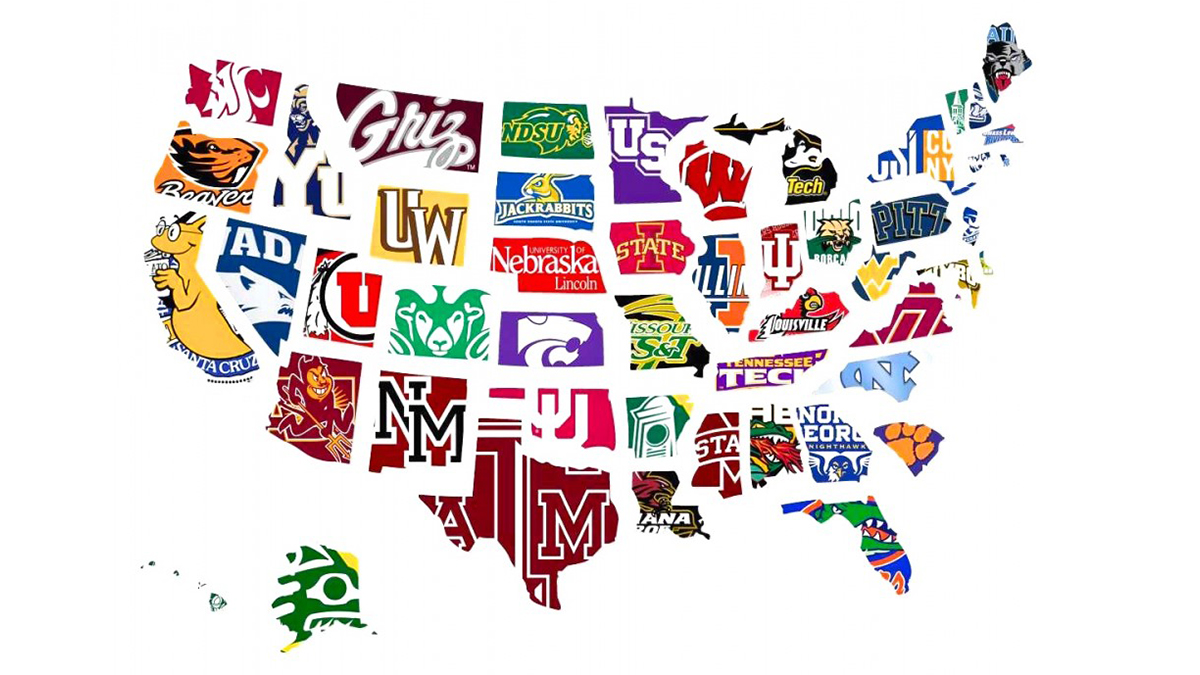
Students attend college to pursue their interests, broaden their intellectual horizons and make headway toward a career. While this is made difficult due to the amount of debt that many must saddle in order to earn a degree, there is also another, much stealthier problem as well: the college bureaucracy.
University bureaucracies absorb large amounts of funding and undermine the alleged goal of college, which is to provide an education. But they also signal something more sinister: the neo-liberalization of education, now viewed as a business.
The rise in college bureaucracy is nothing new, and has been noted for quite some time. Ralph Reiland wrote in 1996 in the National Review that “over the past two decades, the number of college and university faculty has increased by 30 per cent and the number of non-faculty jobs on campus has more than doubled.” And Benjamin Ginsberg, in his 2011 book The Fall of the Faculty: The Rise of the All-Administrative University and Why It Matters provides more recent numbers, noting that from 1985 to 2005 the number of "administrators rocketed by 85 percent and their attendant staff by a whopping 240 percent.”
All of which begs the question: what is it exactly that these college bureaucrats do? Universities wouldn’t spend precious funds hiring them for no reason, yet much of the time there isn’t even enough work to keep all the bureaucrats busy. As a result, many have been charged with creating tradition committees, whose goal it is to instill “pride in the university for the campus community as well as for extended university community members through preservation and resurrection of time-honored traditions.”
Other bureaucrats, meanwhile, are merely afflicted with meeting madness, symptoms of which include the creation of “endless rounds of meetings, mostly with other administrators, often consisting of reports from and plans for other meetings.”
Thus, like bureaucracies elsewhere, many college bureaucrats may engage in important work, but they also do a good amount of pointless exercises in order to justify their continued existence. This isn't in itself a cause for calamity, but the situation gets worse when these individuals end up taking home the lion's share of school funding.
For example, the National Center for Education Statistics reported that in the 2010-11 school year, colleges spent $449 billion – but out of that, less than 30 percent, or $129 billion, went to actual instruction. “For every $1 spent on instruction, $1.82 is spent on non-instructional things such as 'academic support, student services, institutional support, public service' and a catch-all category called 'other,'” the center reported.
Some universities argue that the massive costs are due to federal research grant rules, affirmative action, and general campus safety, among other things. But these expenditures simply don't cover it, as a cursory examination of college websites shows.
Take the University of Texas at Austin, where President Bill Powers has 17 administrators on his staff, including two “deputies,” an executive assistant and multiple assistants to the assistants. The provost has 10 “vice provosts” working for him (each with staff); the "director of diversity and community engagement” had 14 “key” administrators and an unknown number of lesser workers; and the development office listed 118 employees, 32 of whom worked in university communications (not counting communications specialists at subunits of UT).
In this case, staff sizes are massively bloated – and have nothing to do with affirmative action, research grants or many of the other so-called necessities.
The problem seems to be the nature of bureaucracies themselves: their original purpose may be well intended, but over time the institution becomes less and less about its original goals and more about the perpetuation of the institution, facilitated by its bureaucracy.
Ultimately, bureaucracies not only neglect but undermine the goal and state purpose of colleges. As Cavalier Daily columnist Alex Mink notes, “It is important to remember the purpose of college is to educate students, and therein its institutional focus should lie. This cannot be done as effectively when money that should be spent on faculty members is instead being spent on the people managing those members.”
The problem of exploding bureaucracies – and the cutback in funding to actual education – may help explain why American college graduates test and perform more poorly than other students around the world. In March 2015, CBS News reported on the Educational Testing Service that found that “in Japan, Finland and the Netherlands, young adults with only a high school degree scored on par with American Millennials holding four-year college degrees.”
On a deeper level, what the college bureaucracy trend reveals is an increasing neo-liberalization of U.S. education, in which schools are treated as businesses and students as customers.
Michael A. Peters wrote in Contemporary Readings in Law and Social Justice that the neo-liberalization of colleges has led to “the huge growth of administration vis-à-vis the teaching and research faculty, to an increasing bureaucratization of the university and to the emergence of a new class of 'knowledge managers' – an administrative cadre – whose job is monitor and measure academic performance and to maximize returns from research... Governing councils have become corporate boards further sidelining academic forums.”
This is especially true today as more and more colleges link up with corporations. For example, Pablo Eisenberg writing in 2010 for Inside Higher Ed noted that “Ruth Simmons, president of Brown University, has been a trustee at Goldman Sachs for 10 years, during which time she participated in the decisions to award the firm’s top executives huge, publicly contentious bonuses,” and that she had also been involved with the governance of Pfizer and Texas Instruments.
More recently, New Brunswick Today reported in April that Rutgers President Robert Barchi “has been getting paid from multiple entities with competing financial interests, including the taxpayers and tuition-payers at the state university, and two companies that do business with Rutgers.” Aren't college presidents supposed to be helping manage the university instead of funneling in more money for themselves and the corporations they work for?
Apparently the jury is still out on this. And meanwhile, the problem of college bureaucracies not only seems here to stay, but on course to expand well into the future. That is, unless students and schools' faculties themselves stand up to demand that education – not the business of it – becomes the priority.
3 WAYS TO SHOW YOUR SUPPORT
- Log in to post comments















